Peacock butterfly
An early riser the Peacock butterfly is one species that hibernates in our lofts garages and outbuildings. Making it one of the first seen in spring. The caterpillars eat Nettles.
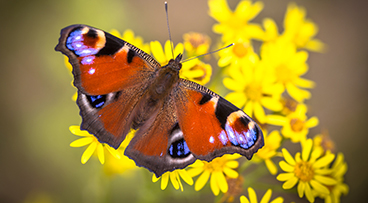
An early riser the Peacock butterfly is one species that hibernates in our lofts garages and outbuildings. Making it one of the first seen in spring. The caterpillars eat Nettles.
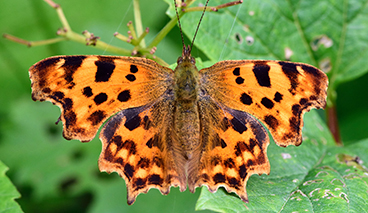
The Comma butterfly is a transient species, it flies in from North Africa. They come in their thousands each year and can be seen on Radar trace as clouds of them arrive at our shores.
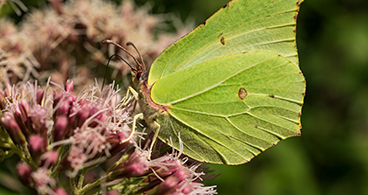
The Brimstone butterfly another early riser often seen dancing round but never resting for too long.
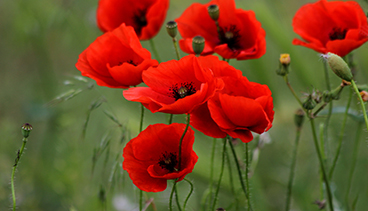
The unmistakable Poppy these love and thrive on disturbed land. The bright red petals a beacon for bees as well as other insects.

The Corn flower one easiest to be recognised it will grow just about anywhere and is early flowering.
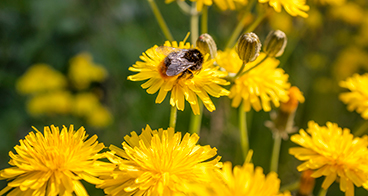
The humble Dandelion is an amazing plant that can provide all Insects with a meal be it the hover fly, bee or butterfly.
The Council's Wildflower and Grasslands Strategy, that saw the creation of beautiful native wildflower meadows across the borough will continue to be delivered this year.
There were over 130 mini wildflower meadows, which means around 32,000 square metres of wildlife habitat was created.
Councillors worked with their communities to decide on the locations for the native wildflower meadows and officers from StreetCare and the Your Streets teams created them.
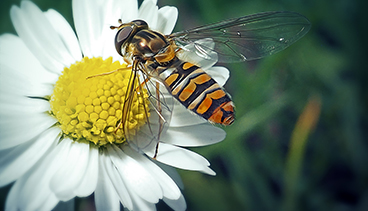
You are looking at the one insect that is responsible for more pollination in our countryside than Bee’s. This tiny insect travels 3-4000 miles for the privilege of sampling wild flowering plants Nectar.
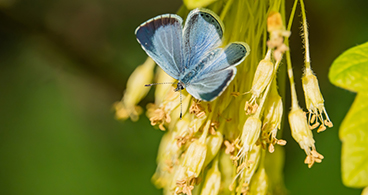
The Holly blue can be seen in late April to early May one of our beautiful blue butterflies. As its name suggests the caterpillars feed on Holly leaf buds as well as Ivy.
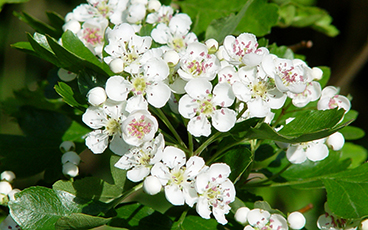
The Mayflower aka Ladies smock or Cuckoo flower. Was the emblem painted on the famous ship, of the same name, that carried the pilgrims to America. Food plant of the Orange tip butterfly.

The Orange tip, one of the first butterflies to be seen in spring. Its caterpillars feed on Ladies smock.
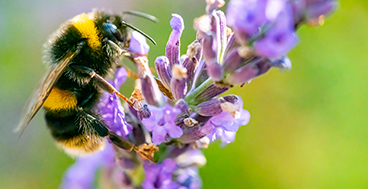
The humble Bumble according to the Laws of Physics should not be able to fly but they do a good job. One of our earliest bees to be seen in spring.
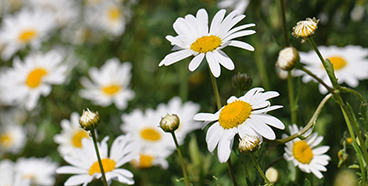
The Oxeye daisy is a staple flower for a huge number of insects that you can see opening now.
Environmental strategies including parks, greenspaces, play, wildflowers, and grasslands:
VIEW ONLINE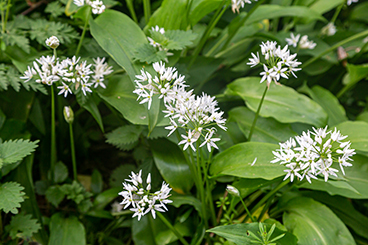
This pungent spring plant is often found in huge colonies where it is cool dark and wet.
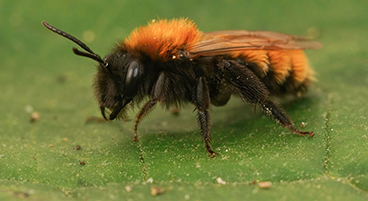
The Miner bee digs holes for it’s nest, it is one of the solitary species of bees.

Among the best-known beetles, ladybirds (also known as ladybugs) are the most recognisable.